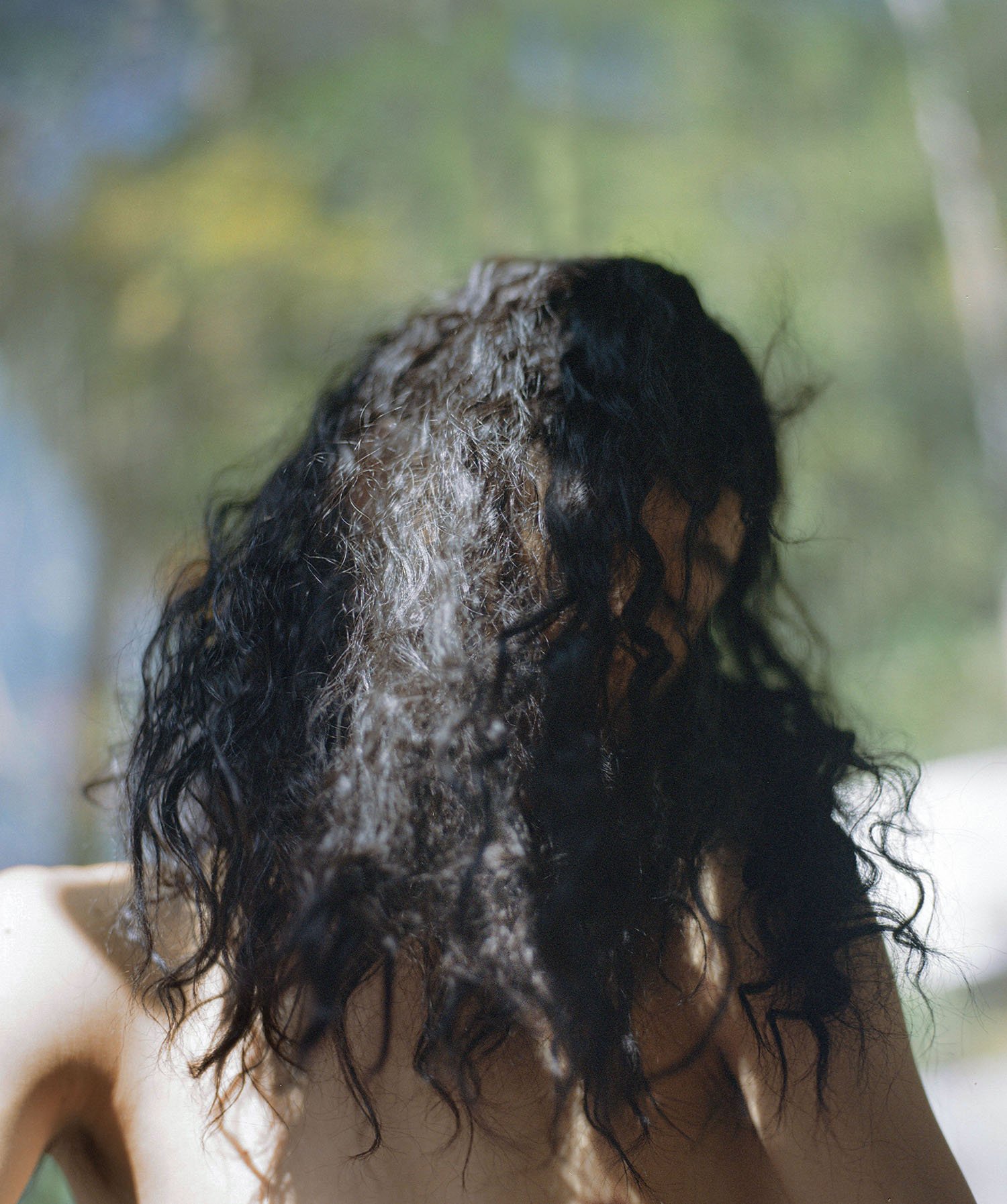Soliloquy
Weilian (William) Zou is a photographer born in Budapest, Hungary, who currently lives and works between Shanghai, China and London, the UK. He graduated in Film Studies from the King’s College London and gained his Master’s degree in Photography from the Royal College of Arts in London. In his practice, he develops themes that have to do with analyses of identity, queer community, and East Asian culture and diaspora through personal experience and family archives.
In his project Soliloquy, Weilian addresses self-identification through the narratives that shift from his family’s past to his personal present. The project consists of self-portraits, archival family footage, and still-life photography. The question of identity raised is existential and presents an attempt to understand the connection between and the effect the past has on the present. The tension that exists between the ideal portrait of the family in East Asian culture and the constantly developing self-identification in the modern era leads to breaking the boundaries and yearning for more freedom and authenticity.
We discuss with Weilian the conception of the project and the personal learnings from the process of working on it. Weilian speaks about Soliloquy as a time travel experience and refers to the 'a-ha' moment during the work on the project, “Incorporating the family archive was not my plan at the start. I was only printing them for archival purposes, but as I was contemplating the familiar or strange faces in the dark, I suddenly realized that many parts of 'I' are so bound by East Asian social-cultural values, like the perfect archetype of family.“
‘Soliloquy is my personal attempt to untangle why I am the way I am, and in a broader sense, it's about intricate ideas of selfhood, identity, and roles.’
Hi WÜL magazine, thank you for sharing my project, Soliloquy! In literature, a soliloquy is a literary device often used in playwriting. It is a monologue addressed to the character or the audience and spoken directly by the character. So, in this sense, the title is pretty self-explanatory because Soliloquy is my personal attempt to untangle why I am the way I am, and in a broader sense, it's about intricate ideas of selfhood, identity, and roles. And as I mainly indulged in looking at my queer and diasporic identities, which are only constructed in a fragmented, ever-shifting status, I was not trying to intentionally build a narrative or to eschew it.
My understanding of photography as an inconclusive and ambiguous medium also largely responds to my fragmented cognition of identity experience, so I thought that photography is the most suitable medium to work with in this series. But, ultimately, I think this limitation of photography is so unspeakably poetic. It is also in this new spatial-temporal relationship I’m building with photography, which allowed me to reorient and revisit my identity experience, I was able to probe into the dilemmas of belonging and becoming.
‘The series oscillates between my personal past and present and also interweaves with my family history. So working on this is almost like time-traveling in between photographs.’
As mentioned earlier, the series oscillates between my personal past and present and also interweaves with my family history. So working on this is almost like time-traveling in between photographs. Aesthetically, it’s also a whole big mixture and bricolage of photographs of different subjects taken at different times. So the real challenge comes down to the editing. While making its namesake photobook, I had to continuously lay them out, readjusting their orders to pinpoint a syntax or language that made sense to me. So whether it is a reprinted archive, a performed self-portrait, or a stylized still life, for me, each photograph embodies a piece of the puzzle, a footnote, a clue that is not necessarily reliable. But through these pieces, I think it may be possible for me to see more clearly which identities are favored and which are disrupted or dissipated.
‘I think the thoughts evoked around the process are more valuable to me than the final look of the image.’
I wouldn’t say I am a very rigorous image-maker who is keen on ticking boxes for technical perfections. I’m more emotionally driven, so quite many of the photos in the series are spontaneous snapshots, but of course, at other times, I simply make preconceived ideas happen. It is much more work with self-portraits because I have to slide into characters and work on lighting, focus, etc., all by myself. Working with an analogue can be tougher sometimes, but I think the thoughts evoked around the process are more valuable to me than the final look of the image.
‘Incorporating the family archive was not my plan at the start. I was only printing them for archival purposes.’
I think the best moment was when I first reprinted an archive in the darkroom. Incorporating the family archive was not my plan at the start. I was only printing them for archival purposes, but as I was contemplating the familiar or strange faces in the dark, I suddenly realized that many parts of 'I' are so bound by East Asian social-cultural values, like the perfect archetype of family. So I thought I had to address vis-a-vis this Confucian Confusion. And that’s when I decided to blend in more archives, and I am very glad because it has added so much more layers and density to the project. And I suppose this is what Roland Barthes brought forth as the 'punctum' in the photo — an incidental moment that pricks much personally poignant detail — and I shall really cherish and look back on these punctum moments.












